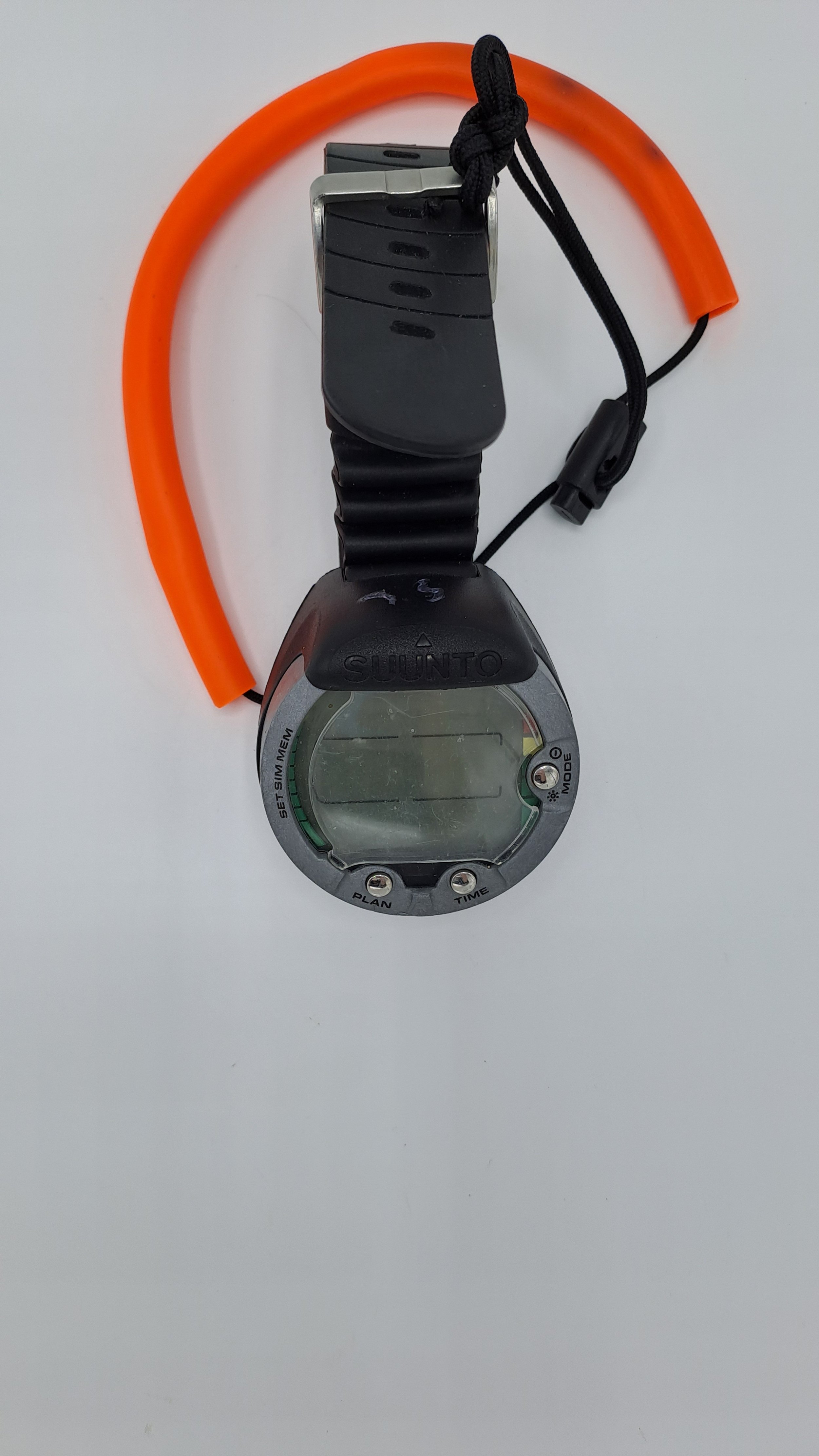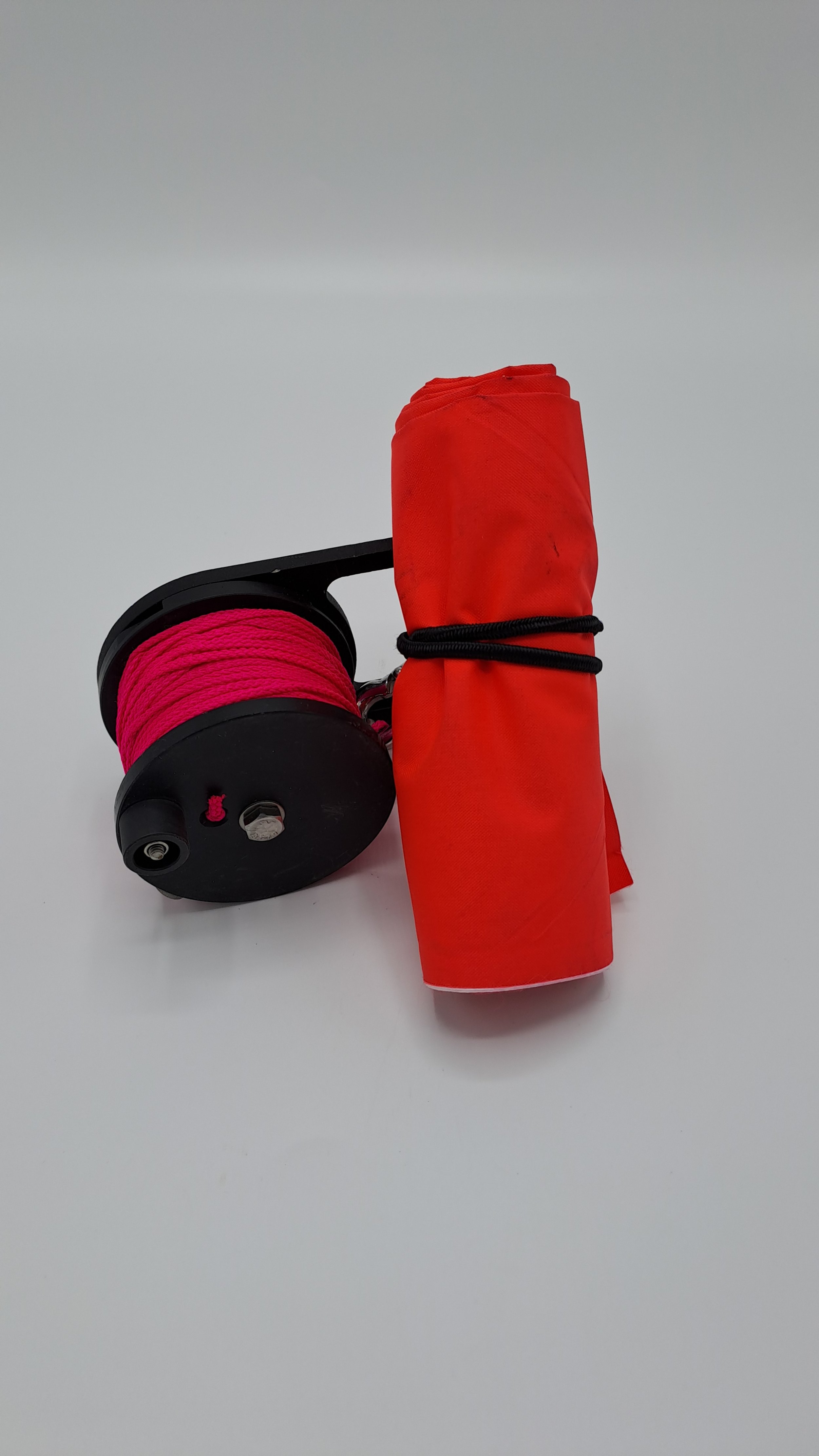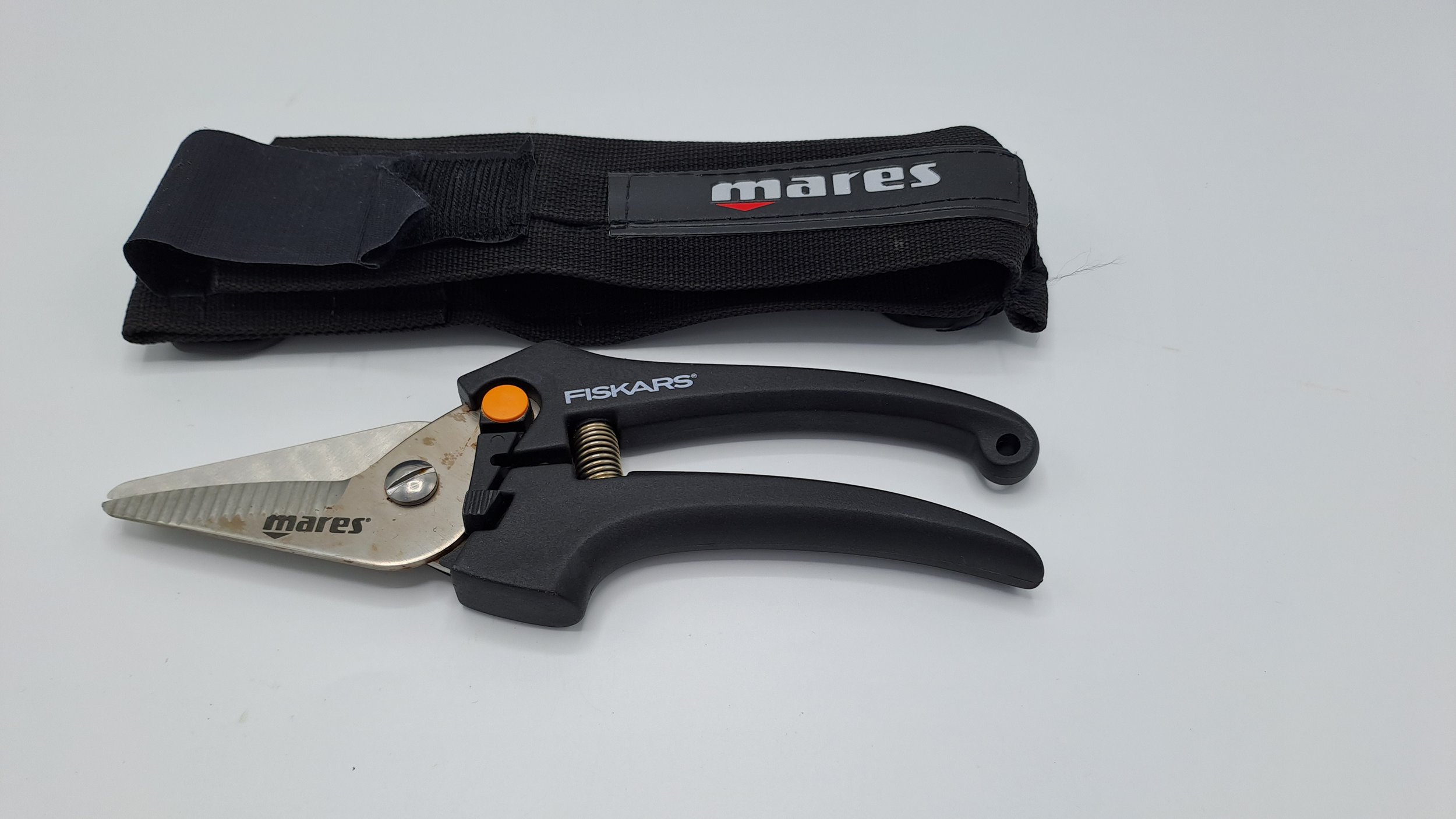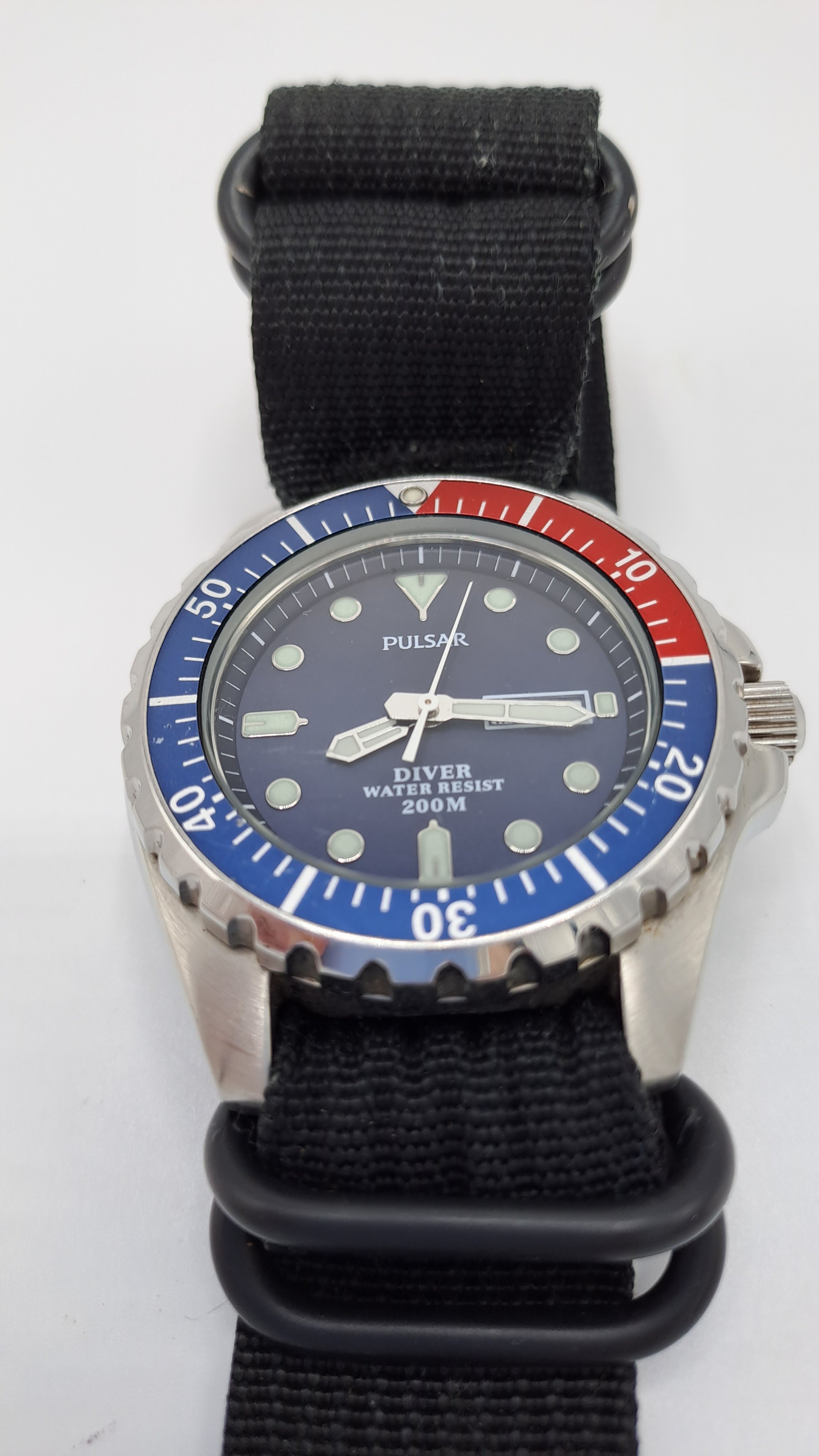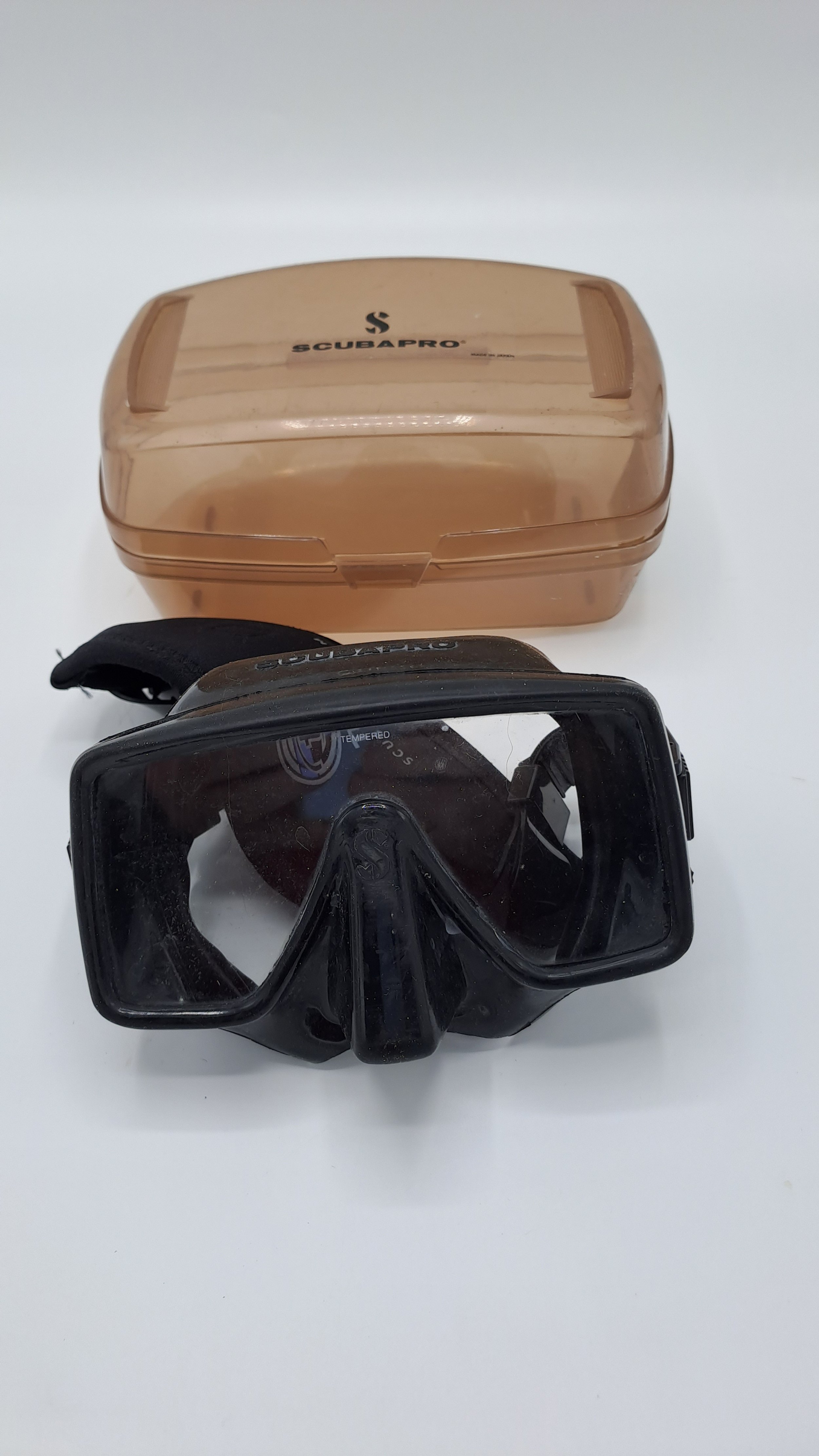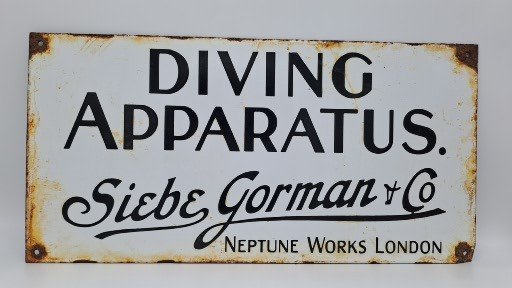
Adventure Travel Tech Diving in Egypt
“On the surface of the ocean, men wage war and destroy each other…just a few feet beneath the surface, there is a calm and peace, unmolested by man.”
Quote Source – Jules Verne
Egypt Technical Scuba
We learnt with some of the best at Ocean College, and they are serious hard core Tech divers, holding previous records for the worlds deepest wreck dive on the Yolanda, 145–160 metres (476–525 ft) to providing “Angel” divers for free dive records of 100m or more in Dahab Blue Hole, on the Sinai peninsular, where we saw Tanya Streeter and Sara Cambell, who used to live there and teach yoga. We celebrated her “win” with her. Unfortunately the 120m deep sink hole is also know as the “divers cemetery.” Many from rebreather incidents.
One thing you might notice from the photo is that there is a spare - everything - mask, regulators, cylinders, computers, plans, double BCD, two separate bladders. You are you own self contained replacement service. The only thing you don’t have two of is lives.
Tech Diving is all about planing, planing and more planing and staying in control. Staying in control is big thing, and you understand it more when you have a “drama” (we did at 35 msw) and realise that you cannot “bolt” for the surface, there is no escape route, except by staying in control. We practiced lots of Cave Dive techniques and Cave Diving itself is a seriously “hard core” sport, at the pinnacle of what is achievable by mankind underwater. If you have ever listed to a professional fighter pilot on the radio when things are going wrong, you will understand that it is this level of control you need to give yourself the optimum chance of survival when things go wrong at depth.
Tech Diving is very rewarding, you can dive deeper and longer to see a glimpse into a world that few will ever see, including all the television shows, but it is not without risk - serious risk, and the walls around the Blue Hole in Dahab, are scrawled with memorials to those who didn’t make it. Technical Diving or more precisely mixed gas diving, includes open circuit, (where gases are used and discharged - see bubbles in photo opposite) and rebreathers, which are closed circuit. When we breath in some of the oxygen is consumed by our metabolic processes, (about 4%) and we omit gases we don’t want. These gases are scrubbed of toxins and then topped up with oxygen. Closed circuit predates open circuit diving, but the technology has only fairly recently become sufficiently reliable for common use. (it was used by navy divers). Tech Diving it is a sport which is on the cutting edge of our understanding and technology, and we are learning all the time.
To explain mixed gas diving (open circuit, which means you use the gases and then expel them, and you take all your gas in bottles - aluminium or steel cylinders, which you carry with you - or spares can be hung on lines in the case of ultra deep dives and cave diving) it is usual that you have different phases of gases (which can be a mixture of nitrogen, oxygen and replacement gases such as helium in the case of tri-mix). For example you might have a travel phase gas, to get you to depth, a bottom phase gas, (this will have part of the inert gases - nitrogen replaced with Helium to stop the build of Nitrogen in the body) and a decompression gas (usually with a higher level of Oxygen to reduce decompression time).
Unlike commercial diving where you have a Hyperbaric chamber to decompress in, in Technical Scuba diving (as with most sports diving), you decompress in the water, or risk getting the life threatening bends, or decompression sickness (DCS) as it is more correctly known, that occurs in scuba divers when dissolved gases (mainly nitrogen) come out of solution in the bloodstream, forming gas bubbles in the circulation system.
Unlike PADI and BSAC (other dive clubs are available), in which you mainly practice a “buddy” dive system, where you can share air, and help each other, in technical diving you can help - but you can’t share. Your gas is your gas, and my gas is my gas. You don’t carry enough for both of you to survive and share if something goes wrong. So either you both die, or one of you does (in extreme circumstances). It’s harsh. Yes of course you would share what you had, but this is likely to be enough and if it comes to this you are in trouble. You may have spare gas, but it is more a question of if it is the right gas at the right time, for example 100% 02 is toxic at just 6 meters of seawater, and would cause CNS Oxygen Toxicity with brain and body convulsions, which can be fatal. I guess the best that may be done in some circumstances is to get to surface and to an emergency Hyperbaric chamber, (which is to re- pressurise you and then gradually depressurise to let bubbles disperse), but this would be pretty desperate stuff.
We used Pyle stops (named after Richard Pyle who discovered it) - short 2-3 minuet regular stops at depth before a longer terminal phase decompression stop - often just hanging there in the big blue in 9 - 6 meters of seawater. These regular short Pyle stops help to disperse nitrogen including micro bubbles. We would calculate these manually and add them to a dive slate. Modern dive computers do this for you, but you should always have a back up plan in case the tech fails.
Staying in control is everything, and one terrifying example I was told was by a dive instructor whose friend had gone cave diving and something had gone wrong. They searched the caves and eventually they found him meters away from the air supply, his hand still gripping the follow line. This was the part that he was most proud of his friend, in that he hadn’t let panic set in and had followed procedure; yes he hadn’t made it, but he gave himself every opportunity to do so, and that is what it is all about staying in control, even to the end, and hopefully you will live to fight another day.
DAN - Diver Alert Number is a great source for anything medical / scuba related, we would recommend you join if you are into your scuba.
-
We have been diving since 1980, and learning something new and expanding your repertoire of knowledge, and realising that all those dive computers and calculators are incredibly (and understandably) so conservative. Most of the dive calculations haven’t changed in years and were based around males, fit, and young - think navy / marines, which is where they all came from. Very little had been done regards females and middle age! Let alone our more senior divers. The issues with micro bubbles and long term health risks from scuba have also not been well explored. But we are still here after 40 years of scuba.
-
I guess Tech Diving was a wake up call to a whole new world of knowledge and information, calculating “pyle stops” and a completely different dive profile and style to BSAC and PADI, pushing the envelope of what is possible. It wasn’t just the technical side, but the style of diving, more like a free fall parachute drop and limited input - just when you need it.
What we Loved
-
We didn’t have the latest kit, bent our Sunto, (it takes a while to reset and sort itself out) as it wasn’t designed to work at the depths we dived to. Sunto make great kit and our little computer has done over 200 dives. We had dive slates (with decompression stops and switch gas depths / times) - essential if all your tech dies, and always have 2 computers! We used a cheap dive depth and timer as a back up. Now there is a massive choice, back then it was pretty limited and expensive. But how much is your life worth?
-
Train, learn and spend as much as you can afford on learning with the best, build up to it, PADI Rescue Diver is a great place to start, but be prepared to relearn everything you thought you knew. Even at PADI Divemaster you are still on the bottom rung of Tech Diving.
Another skill we would recommend learning is mixed gas blending and using a Nitrox continuous blending compressor installation, which raises the PP02 of oxygen by removing the PPN2.
30 cylinders of 32% Nitrox coming right up sir.
Mixed gas blending can also be achieved by using cylinders of gas such as oxygen and helium to blend the right levels of gas together for the depths you want to use them at.
-
Things we would spend money on are a decent wing, double, a good easy to read and use dive computer, and a good set of bottom phase regulators. Things that are pretty much a waste of money are expensive cold water regulators for decompression, you are hanging around in 6 msw for 30 m minuets! Or you travel regulators, you are going to 30m on Nitrox 32 (or whatever your dive profile is) in warm water - can a second string set of regulators ATX 40-50 for example do the job? If you can afford APX 200’s all the way - then why not. Chat it over with your instructor who will be best to advise you.
What we would do differently
-
Back Black and Wing - double bladder
-
POCKET 50 MTR RATCHET REELS
-
Apex Black Pearl 1st and 2nd stage regulator set with 2nd regulator. Based on the Apex ATX 200? Easy breath and reliable regulator set.
-
Typical Aluminium Dive Cylinders, 12 and 15 litre 300 bar Faber cylinders. Oxygen safe. These are our UK used cylinders for typical UK diving 36 % Nitrox. 36% nitrox to max depth of c 28 metres. Nitrox replace a. portion of the Nitrogen with more Oxygen - normoxic is 21% 79% Nitrogen, which allows you to decompress in water for a shorter period, than standard air. EG shorter safety stops. Complete set of dive kit, bags, regulators, fins, masks etc.
What you can find in the Museum of Travel
Typical “open circuit” Tech rig - of side slung travel gas, bottom phase gas (the two back cylinders) and side slung decompression gas. The fun part comes trying to de-rig the kit in a heavy swell to get back on the boat. This photo displays great dive “attitude” like free falling with a parachute - a skill we never managed!
Dive “buddy” from Sharm - very talented German lady, at c 75 msw. Note sunlight does not penetrate to these depths. Note Apeks XTX Regs and twin dive VR3 HD (in colour) dive computers; these were over a £1000 each in 2008. Gaffer tape label stuck on the cylinder tells you the mix. There is probably £4-5,000 worth of kit for this dive. Note they still have a back up $10 dive slate, even with twin computers!
